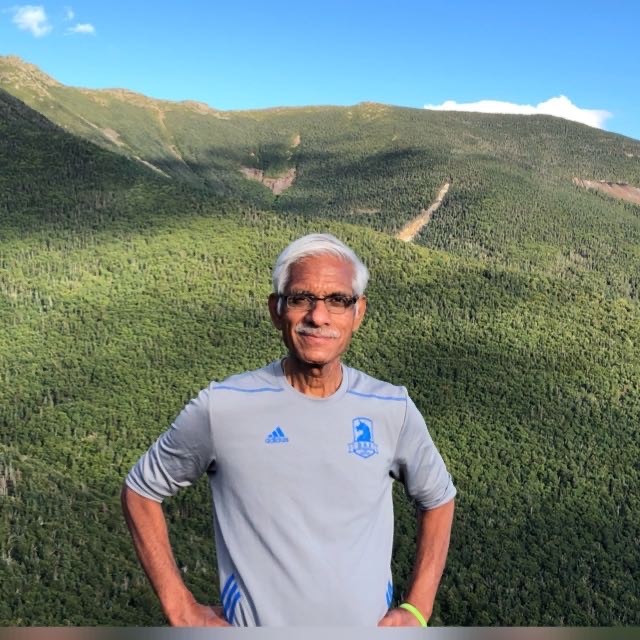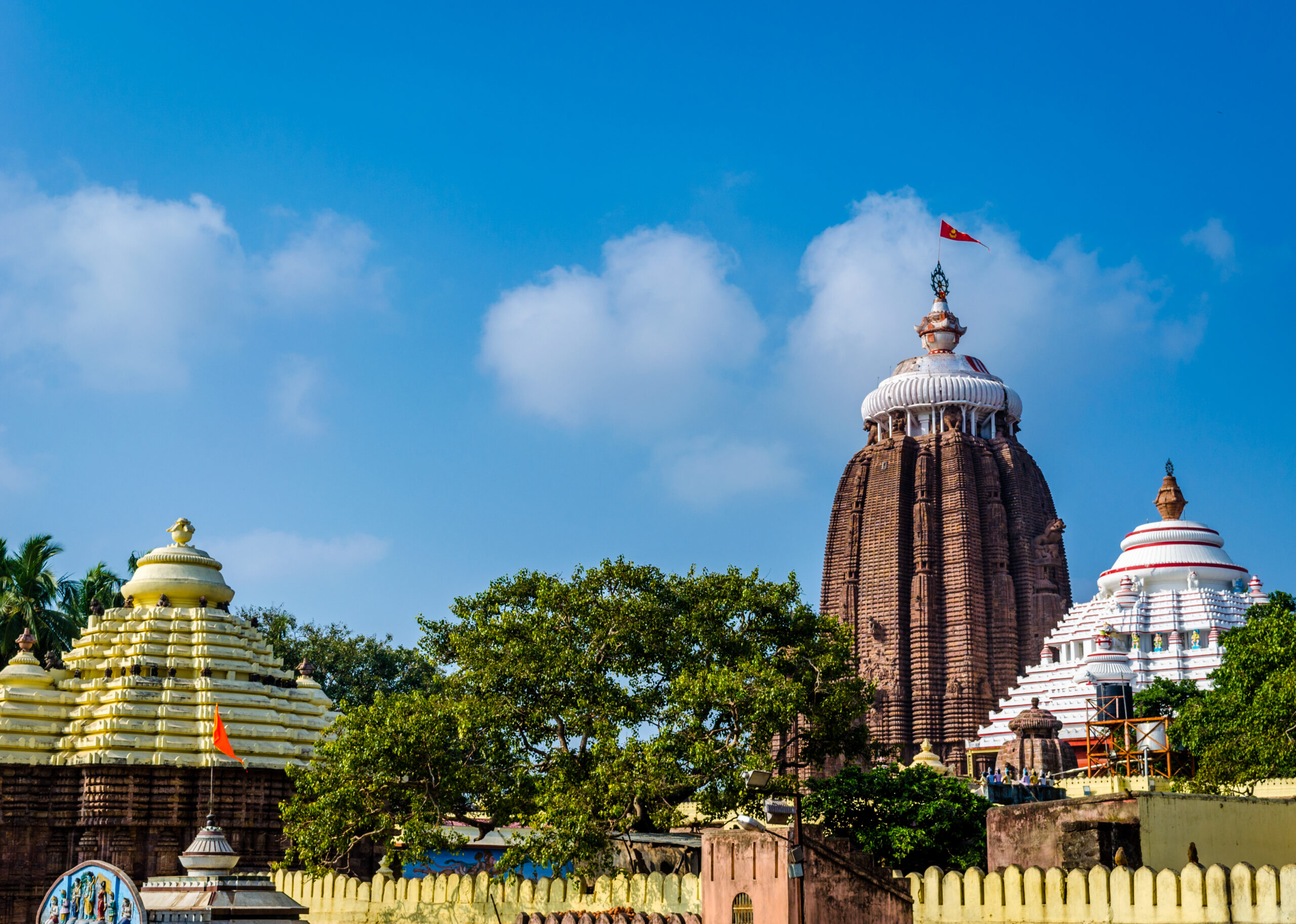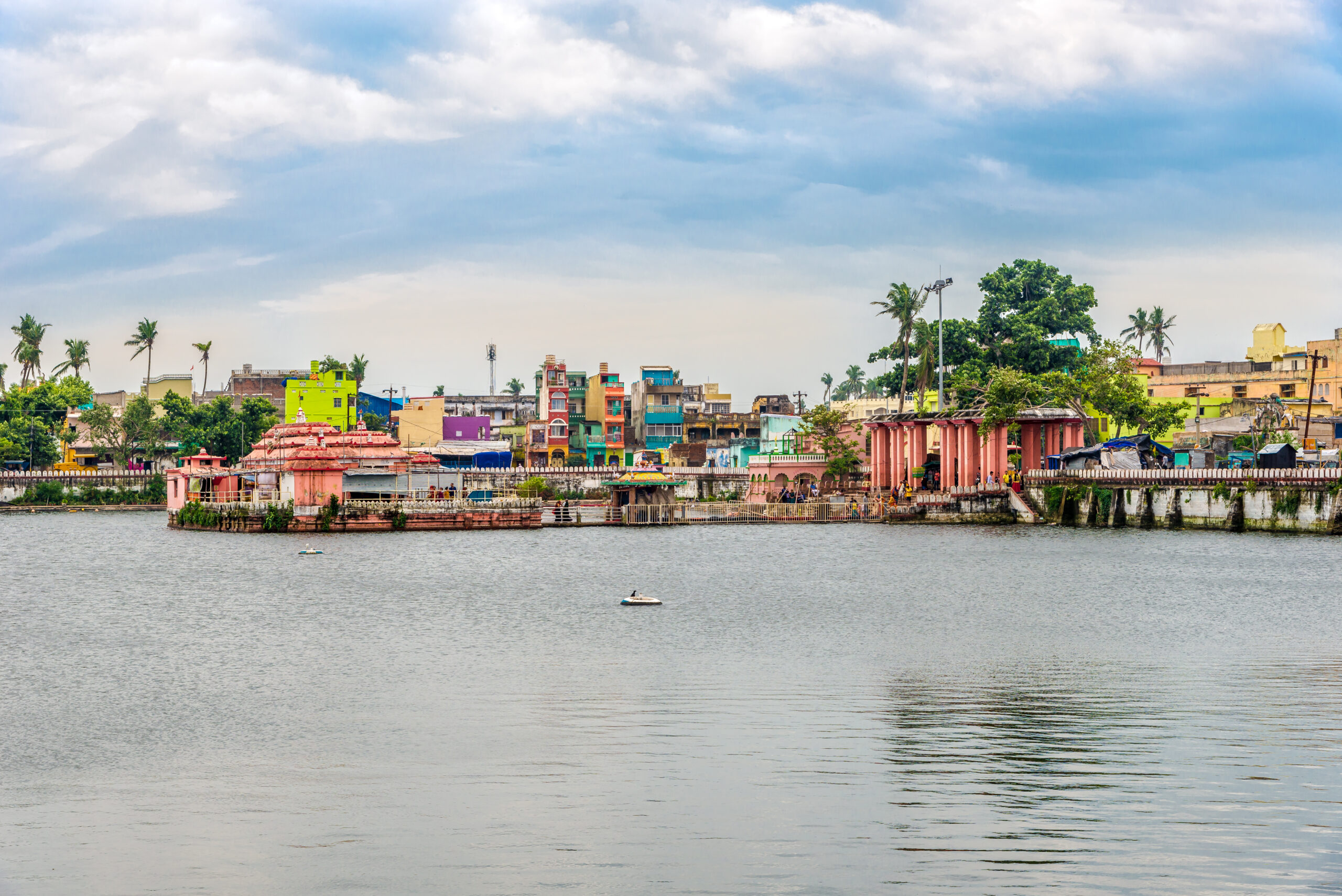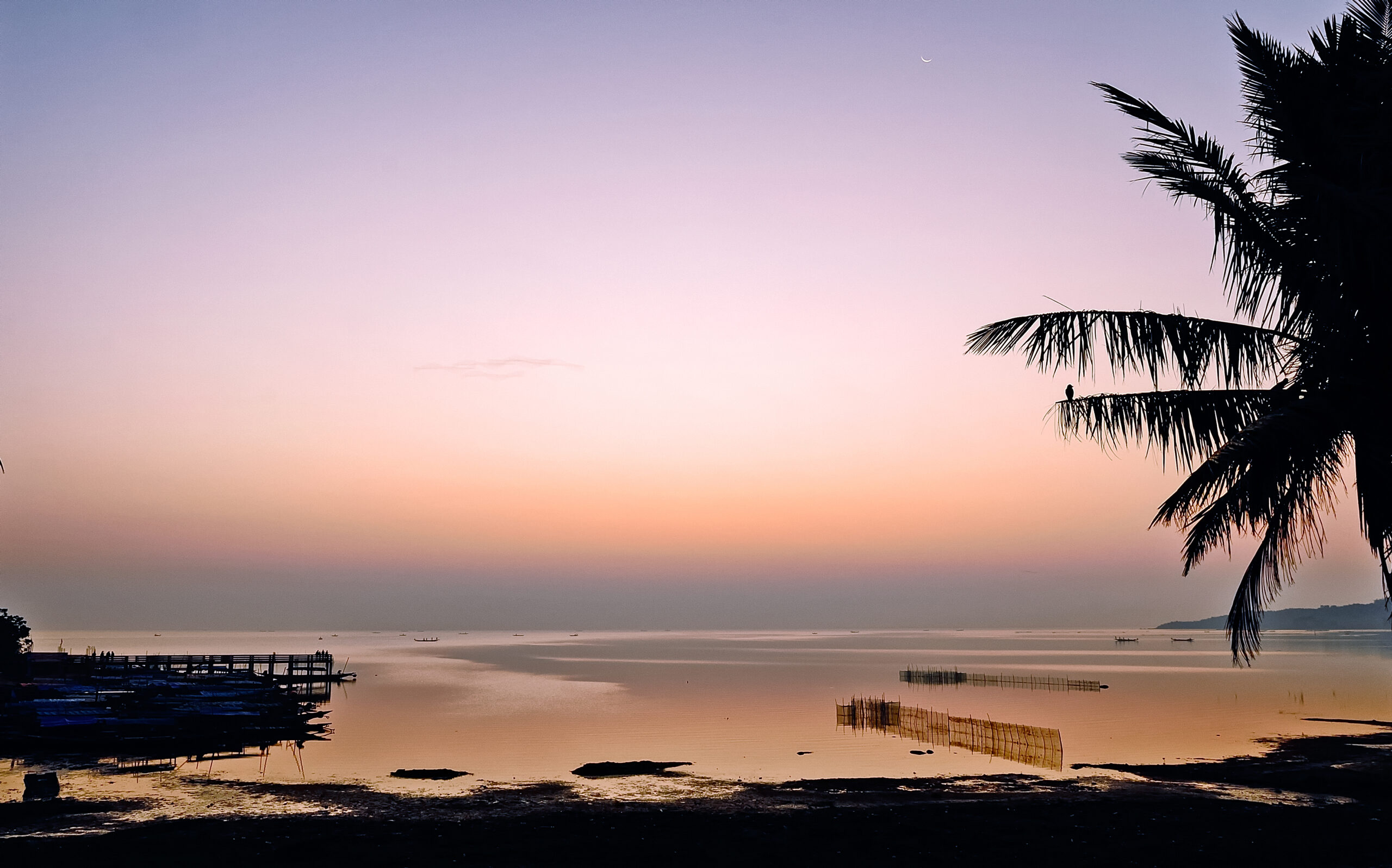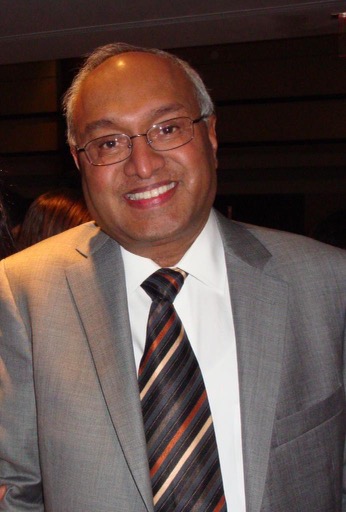Public Announcements – July 2022
- Inviting contributions to the ID magazine
We invite you to pen your thoughts to be included in our annual magazine in the following ways:
– Short essay (about 350-400 words) on what makes you an Indian at heart and how do you think those qualities help you assimilate in the larger American community
– Poem based on your feelings / thoughts about India, Indian culture, or its 75 years journey as an independent nation
– Small write-up (about 200-250 words) on your favorite Indian attire – its description, specialty, and how that reinforces the Indian identity
You are requested to submit your entries by 20th July.
Should you have any questions, please feel free to contact Kaumudee Valimbe [email protected]
You are requested to submit your entries by 20th July.
IAGB Community Youth Excellence Awards 2022: Call for Nominations
IAGB is pleased to invite nominations for the prestigious “IAGB Community Youth Excellence” award. Anyone – including parents, friends and relatives – can nominate a student. Students can also nominate themselves. The deadline is July 24, 2022.
IAGB will recognize a maximum of two students, who demonstrate extraordinary achievement in one or more of the following areas:
- Community Service/ Exceptional service of an altruistic nature for the greater good of the community
- Academics
- Arts and music
- Sports
Eligible nominees must be rising junior or senior high school students of Indian origin, who reside and attend school in the New England Area.
Required Documentation
Submit nominations with the following required supporting documentation by July 24, 2022 here: https://form.jotform.com/221795915852164
- Student/school/town name, and student contact details (email, telephone number and address).
- A one-page essay in Microsoft Word on any 1 of the following topics:
1. Polarized Political Divide in the USA – is it impacting Democracy? How?
2. What lesson if any has the world learned from the Covid-19 pandemic? How do you think it will impact our response if we have another pandemic?
3. Do you think Second Amendment Right to bear arms should be changed considering the shootings we see in the USA? How has this impacted you personally?
- List major achievements in detail, using separate pages for each area of achievement. Include any supporting documents such as images, videos, etc.
- If nomination is made by someone other than the nominee, include the name of the nominating person and contact details.
The awardees will be notified via email and recognized at India Day Festival 2022 on August 13th, 2022, at Hatch Shell Boston. If you have any questions, send an email to [email protected]. For more details on India Day 2022 and sponsorship opportunities, please visit www.iagb.org
ABOUT IAGB
India Association of Greater Boston (IAGB) is the oldest and one of the leading Indian-American organizations in New England. It serves the Indian-American communities in the Greater Boston area – Massachusetts, New Hampshire and Rhode Island. IAGB strives to foster a strong Indian- American social, cultural and community presence in New England
Register Now for ‘Walk Down the Diversity Ramp’
Submit your entries here: https://form.jotform.com/221796121521147
If India had to be given an alternate name, it would be ‘Diversity’
India is a land of diversity, each state in the country is unique with its own culture, traditions, food, language, and clothing. All the states live in harmony with each other while preserving and upholding their own distinct identity.
When you think of India’s diversity, one of the main things that you visualize is her vast and boundless array of traditional dresses, all full of aesthetic beauty. Ethnic clothing is one of the things that distinguish one part of India from the other. Different fabrics, weaving processes, embellishments, styles and accessories of multiple sorts. A compelling epic about craftsmanship, culture and legacy tells a story in each piece. The traditional Indian attire has earned admirers from people from all over. The craftsmanship with which artisans create traditional dresses is really incredible. All forms of clothing are quite labor intensive and require a lot of attention to detail.
Let’s showcase India’s diversity through clothing this India day. IAGB invites you to participate in ‘Walk Down the Diversity Ramp’. An opportunity to showcase your ethnic clothing to the Greater Boston area. We are seeking participants from different states of origin who would like to show off their heritage through their clothing. Spots are limited to one couple per traditional outfit, so please send in your entry soon.
We cannot wait to see this kaleidoscope of India at the IAGB India Day 2022.


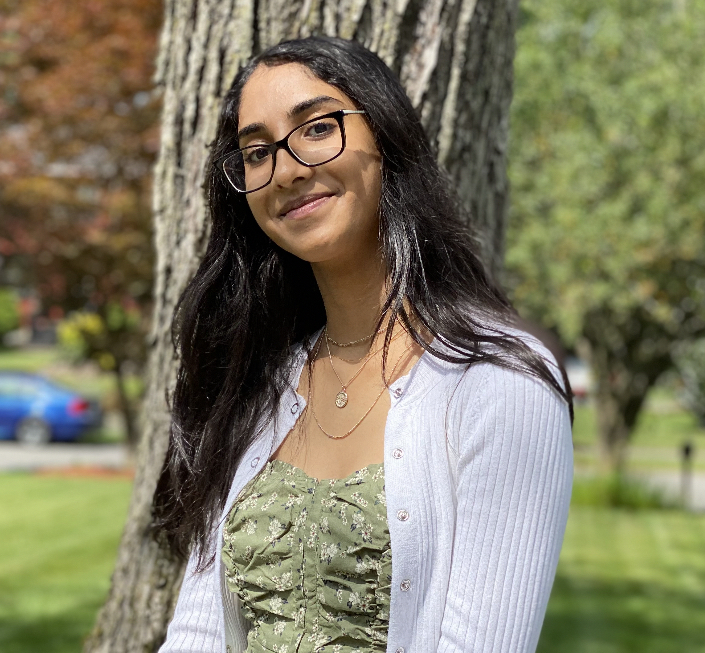

 “When I was younger, I would always be excited on July 4th because I would get to dress up in bright red, white, and blue clothes and wear fun, patriotic earrings. Now, I view the holiday as a time to meet up with family and friends, and we never fail to catch the fireworks!”
“When I was younger, I would always be excited on July 4th because I would get to dress up in bright red, white, and blue clothes and wear fun, patriotic earrings. Now, I view the holiday as a time to meet up with family and friends, and we never fail to catch the fireworks!” 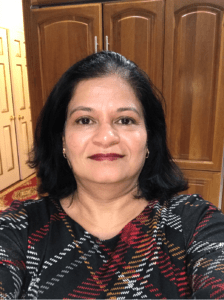
 “While taking the Oath, a new citizen promises to fulfill the following duties: Support and defend the U.S. Constitution and the laws of the United States against its enemies. Give up allegiance to any other nation or sovereign, and renounce hereditary or noble titles, if any. Every day, and especially on July 4th, I ask myself if I am being true to the oath taken during the citizenship ceremony and my thoughts go over my 18 years journey as a citizen.
“While taking the Oath, a new citizen promises to fulfill the following duties: Support and defend the U.S. Constitution and the laws of the United States against its enemies. Give up allegiance to any other nation or sovereign, and renounce hereditary or noble titles, if any. Every day, and especially on July 4th, I ask myself if I am being true to the oath taken during the citizenship ceremony and my thoughts go over my 18 years journey as a citizen.  “The Fourth of July is the celebration of independence. The ways of celebrations have changed through times, what stayed constant is the spirit of celebrating independence! It’s a day when people get together for the festivities ranging from parades, barbecues, music, parties and an amazing night full of fireworks. The sound of the fireworks reminds me of the festival season in India. My first 4th of July celebration was in Boston. The weather was just perfect, not so hot and not so cold with a little breeze. The sound of nature, happiness and joy all filled in the air together. It was like a big party in the city. This year it feels the same, everyone is getting back together after the pandemic and planning for parades, barbecue, music and fireworks again.
“The Fourth of July is the celebration of independence. The ways of celebrations have changed through times, what stayed constant is the spirit of celebrating independence! It’s a day when people get together for the festivities ranging from parades, barbecues, music, parties and an amazing night full of fireworks. The sound of the fireworks reminds me of the festival season in India. My first 4th of July celebration was in Boston. The weather was just perfect, not so hot and not so cold with a little breeze. The sound of nature, happiness and joy all filled in the air together. It was like a big party in the city. This year it feels the same, everyone is getting back together after the pandemic and planning for parades, barbecue, music and fireworks again. 
